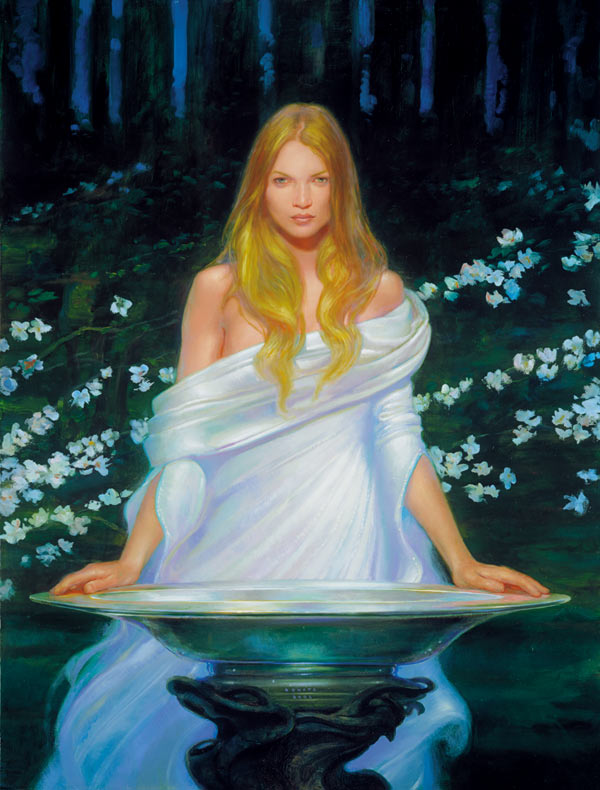Andrew Giancola remains an enigmatic figure within the realms of contemporary art, leaving many to ponder the depths of his contributions and legacy. With queries such as “What was Andrew Giancola’s net worth?” or “What events influenced his career?” ringing in the minds of enthusiasts and scholars alike, it is essential to explore his early life, educational background, career trajectory, interesting facts, and even controversies that colored his path.
Born into a world teeming with creativity, Giancola’s early life was significantly shaped by an eclectic blend of artistic influences. Growing up in a vibrant cultural atmosphere, he was exposed to various forms of art and expression from a young age. His family nurtured his creative spirit; in a household where imagination and originality were celebrated, the seeds for his future as an artist were sown early on.
After completing high school, Andrew pursued higher education that would further hone his artistic talents. He enrolled in a prestigious art school, immersing himself in the intricacies of visual arts, theory, and practice. This academic environment not only equipped him with technical skills but also allowed him to cultivate a distinctive artistic voice. By juxtaposing traditional techniques with modern aesthetics, Giancola was able to forge a path that resonated with contemporary audiences, captivating them with his remarkable ability to breathe life into a canvas.
As Andrew transitioned from student to professional artist, he carved out a niche in the realm of visual storytelling. His work is often characterized by vivid colors, intricate details, and evocative themes that compel viewers to engage on multiple sensory levels. Giancola’s pieces invite contemplation and challenge the observer to delve deeper into their meanings. But what does one do when confronted with an artwork that seemingly speaks to the soul? Does one simply appreciate it, or does one seek to comprehend the nuances behind it?
Throughout his career, Andrew Giancola gained significant recognition not only for his individual pieces but also for a series of collaborative projects that showcased his ability to fuse different artistic disciplines. His adaptability and willingness to experiment have often placed him at the forefront of contemporary art movements, garnering accolades and a dedicated following eager to witness his artistic journey unfold. This blend of talent, innovation, and collaboration raises a fascinating question: Has an artist’s true worth ever been defined solely by financial metrics?
In terms of Andrew Giancola’s net worth, while exact figures remain elusive, it is evident that his artistic endeavors have culminated in a profitable career. Through exhibitions, commissioned works, and partnerships, Giancola’s financial success can be attributed to the demand for his distinctive style, which has become synonymous with contemporary art. One might wonder, however, how much of an artist’s worth is tied to their popularity versus the intrinsic value of their work. When contemplating this, it becomes clear that the financial aspect can often overshadow pure artistic intent.
As an artist, Giancola’s journey has not been devoid of challenges. He has faced criticism and controversy, much of which stems from the subjective nature of art itself. Some critics argue that his work lacks depth or fails to engage with pressing social issues, while ardent supporters contend that the aesthetics of his pieces alone evoke strong emotional responses and questioning. In discussing the controversies surrounding his career, one wonders: at what point does an artist cross the line between pushing boundaries and simply courting controversy for its own sake?
Moreover, Giancola’s approach to topic selection has sparked constructive debates among his peers and followers. By often opting for themes that delve into the human experience—love, loss, and existential angst—he invites viewers not just to look but to feel. While some may appreciate this emotive resonance, others may call for a more engaged and socially responsible artistic commentary. Thus, one of the most intriguing aspects of Giancola’s legacy might not only lie in the artwork he has produced but also in the discussions they incite.
Alongside his artistic endeavors, Giancola has shown a commitment to mentoring budding artists. This dedication exemplifies a richer narrative thread to his character. By sharing his insights and experiences, he contributes to an artistic community that values growth and collaboration. And here emerges another question: how vital is mentorship in the evolution of an artist? Giancola’s willingness to guide others reveals his understanding that art transcends individual success, ultimately acting as a societal connector.
As we explore Andrew Giancola’s multifaceted career, it’s essential to recognize him not merely as a create but as a provocateur—one who elicits thought and engages with the complex tapestry of human emotion. One can glean that art serves as a platform for reflection, dialogue, and sometimes, confrontation. In this reflection, Giancola stands not just as an artist of financial worth, but as a curator of experiences that span the spectrum of beauty, controversy, and introspection.
In conclusion, Andrew Giancola’s legacy intertwines monetary success, artistic prowess, mentorship, and the courage to elicit discussion through his work. As we ponder his life and contributions, the challenge remains: how do we measure an artist’s true impact in a world that often quantifies worth in financial terms? The journey of understanding continues, inviting all to engage deeply with art and the myriad stories it tells.





